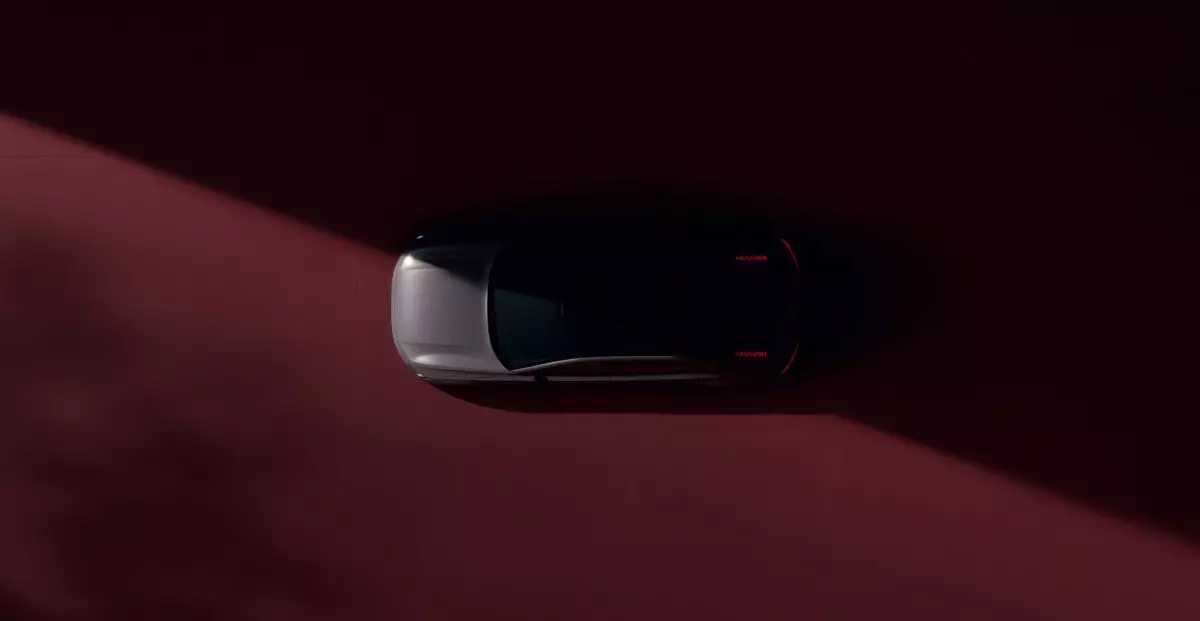Volvo is set to make waves in the electric vehicle (EV) sector with the introduction of its innovative ES90 midsized luxury sedan, built on its groundbreaking Superset technology platform. This new vehicle illustrates the automaker’s commitment to incorporating advanced computing capabilities into its lineup. With the ES90, Volvo aims not only to provide luxury but also to fundamentally enhance the driving experience through cutting-edge technology.
At the heart of the ES90 is a dual Nvidia Drive AGX Orin configuration, marking a significant leap in the vehicle’s computational strength. Volvo boldly asserts that this makes the ES90 “the most powerful car” they have ever produced in terms of computing capacity. The integration of the Nvidia system-on-a-chip allows the ES90 to perform an astounding 508 trillion operations per second (TOPS). This immense processing power is crucial for running complex AI algorithms and vehicle functionalities with unprecedented speed and efficiency.
One of the most remarkable aspects of the ES90 is its advanced active safety features and efficiency in battery management, both of which rely heavily on its computational abilities. With the Orin system representing an eightfold increase in processing speed compared to its predecessor, the Xavier chip, Volvo is poised to improve its deep learning models significantly. Transitioning from a neural network with 40 million parameters to one boasting 200 million denotes a commitment to enhancing vehicle intelligence over time.
The ES90 is built on Volvo’s SPA2 architecture, which facilitates a modular approach to vehicle design and manufacturing. By utilizing the Superset tech stack, Volvo is not only aiming for superior safety and efficiency but also seeking to create a vehicle that evolves with its owner. The implementation of over-the-air software updates allows for continual enhancement of vehicle features, a concept that Tesla popularized and which other manufacturers are now scrambling to emulate. The flexibility afforded by SPA2 ensures that Volvo can introduce improvements across its product offerings, from the EX90 to the ES90, fostering an ecosystem of interconnectivity and innovation.
Volvo’s journey toward launching the ES90 is not without its challenges. The EX90, which was intended to set the stage for future models, faced delays and setbacks due to software integration issues, ultimately launching with fewer features than promised. Nevertheless, the lessons learned from this experience have strengthened Volvo’s approach to the ES90. The capability to learn and adapt improves the development process, allowing for refined features and increased reliability, making the ES90 a promising advancement.
Volvo’s ambitious vision includes a future where features such as driver assistance technology and battery efficiency can continuously evolve through software updates. Anders Bell, Volvo’s chief engineering and technology officer, emphasizes that the ES90 is designed to be “improved further with time,” indicating that customer engagement and satisfaction remain high priorities for the company. This forward-thinking mindset extends beyond the ES90; it signifies a pivotal shift in how automotive manufacturers can maintain relevance in an ever-changing technological landscape.
With its impressive tech stack and focus on safety, the Volvo ES90 stands as a beacon of innovation in the luxury electric vehicle market. By combining advanced computational capabilities with a commitment to continual improvement, Volvo is positioning itself as a leader in the evolving automotive industry. The ES90 represents not just a car, but a vision for how vehicles can adapt and grow alongside their drivers, setting the stage for a new standard in electric luxury. As Volvo prepares to roll out this release, the automotive world watches intently, eager to see how this advanced model will perform on the roads and in the marketplace.


Leave a Reply